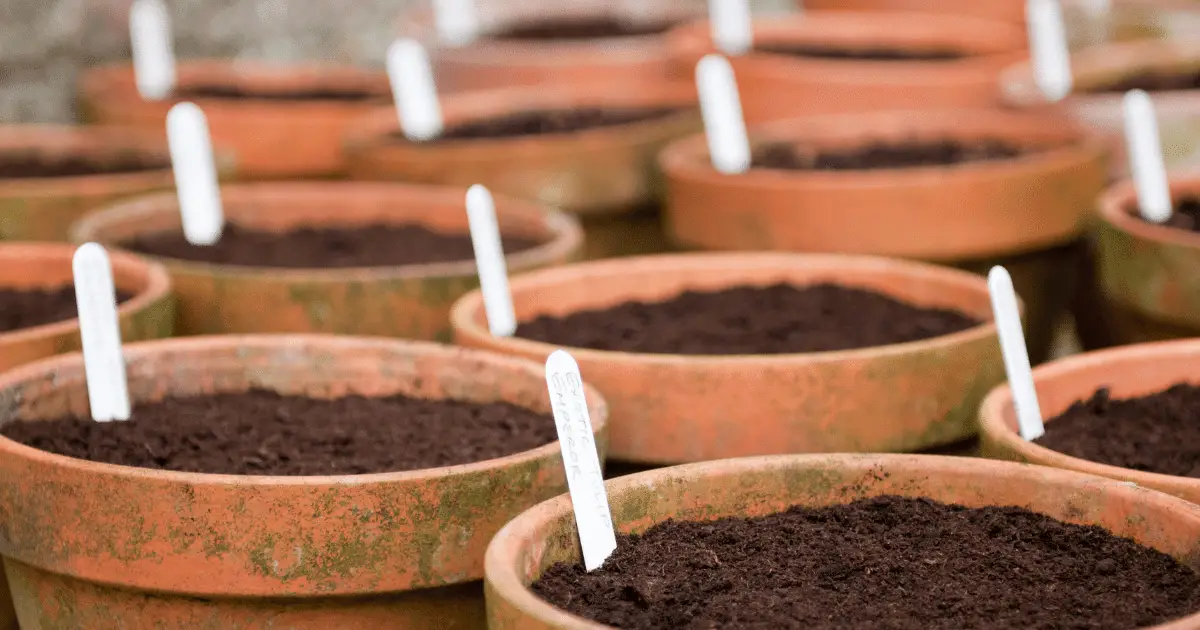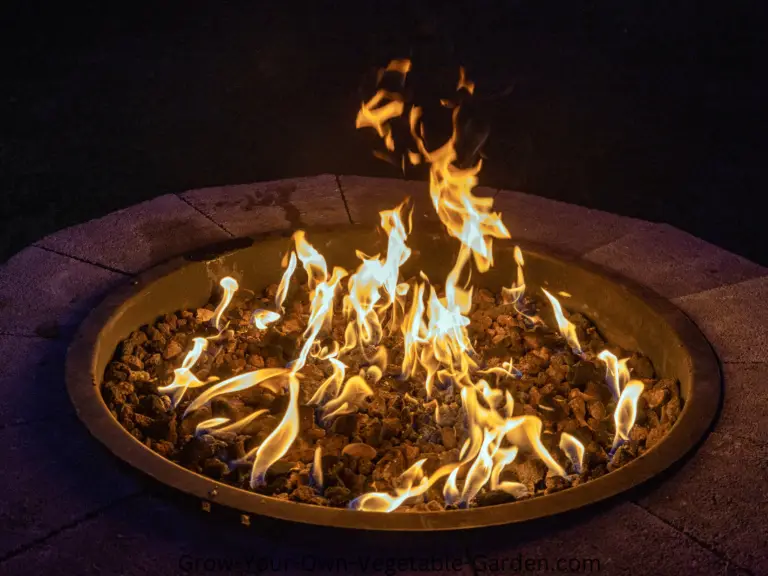
Growing Vegetables In Containers
Want to grow a vegetable garden but don’t have much space?
Then a potted or container garden may be the answer for you. You can grow most of your favourites in pots, limited only by the space you have available. There isn’t a lot of difference in requirements to growing in a garden patch or bed in the ground, but there are a few considerations that need to be addressed.
Firstly, position for a potted vegetable garden, is just as important as it is if you had a large area in a backyard. You still need a reasonable amount of sunlight! If anything, conditions on, say a small apartment balcony, can be more harsh than a backyard, with potential for higher winds and radiant heat from the building. So take care, some extra shading might be necessary.
Soil Types
The soil you plant your vegetables in is even more important when growing in pots than a traditional garden. Now is not the time to scrimp on quality. Using a cheap potting mix, will only end with poor plant growth and a greater need for fertilising.
We started with a base of old stable manure, then a mix of a premium grade potting mix and some bagged compost. If possible, select a potting mix that has water saving crystals mixed in. We have chosen some cheap and readily available, larger plastic pots that we already had, but your choice here is endless. With your pots filled, wet the soil with a watering can before planting. Remember the crop rotation rules before you plant your seed or seedlings, not everything can be grown together.
Selecting Plants and Planting
When it comes to choosing plants and planting them, refer to the planting guides. Although not all vegetables are really suited to growing in pots, particularly root vegetables, there are varieties that help compromise, for example baby or round carrots. This year we have selected a few different things as a demonstration (we don’t normally grow in pots). We’re growing beetroot, baby carrots, brussel sprouts, silver beet (aka Swiss Chard), broad beans, parsnip, potatoes, spring onion and shallots (in a hanging basket)
We usually grow beetroot every two years, as I grow a larger crop and preserve them in vinegar for salads etc.
One of the most important tasks in summer for your potted vegetables is to keep a close eye on watering requirements. The amount needed will vary depending of the size and type of plants as well as the type of pots and its location. Check the pots at least daily, and in extreme heat twice daily. When the temperatures get very high, say into the mid 30’s (celcius) you will likely notice some plants wilting. This does not necessarily mean the soil is dry, rather the plants cannot keep up with the rate of transpiration of water from their leaves. In severe cases, if possible, move the pots into some shade, or, provide some from covers. If allowed to continue, leaves can burn and not recover.
When watering, where possible, water in the early morning and take care not to water over the foliage. Watering late in the evening can create increased humidity around the plant which in some cases can cause mildew problems.



